-

4A Zeolite
It is a natural alumino-silicic acid, salt ore in the burning, due to the water inside the crystal is driven out, producing a phenomenon similar to bubbling and boiling, which is called “boiling stone” in image, referred to as “zeolite”, used as a phosphate-free detergent auxiliary, instead of sodium tripolyphosphate; In the petroleum and other industries, it is used as a drying, dehydration and purification of gases and liquids, and also as a catalyst and water softener.
-
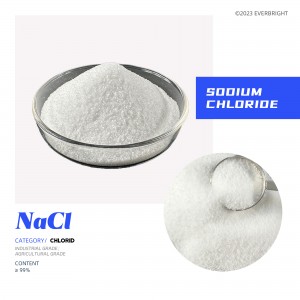
Sodium Chloride
Its source is mainly seawater, which is the main component of salt. Soluble in water, glycerin, slightly soluble in ethanol (alcohol), liquid ammonia; Insoluble in concentrated hydrochloric acid. Impure sodium chloride is deliquescent in air. The stability is relatively good, its aqueous solution is neutral, and the industry generally uses the method of electrolytic saturated sodium chloride solution to produce hydrogen, chlorine and caustic soda (sodium hydroxide) and other chemical products (generally known as chlor-alkali industry) can also be used for ore smelting (electrolytic molten sodium chloride crystals to produce active sodium metal).
-
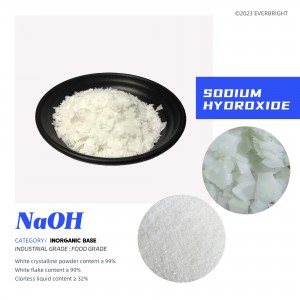
Sodium Hydroxide
It is a kind of inorganic compound, also known as caustic soda, caustic soda, caustic soda, sodium hydroxide has strong alkaline, extremely corrosive, can be used as acid neutralizer, with masking agent, precipitating agent, precipitation masking agent, color agent, saponification agent, peeling agent, detergent, etc., the use is very wide.
-
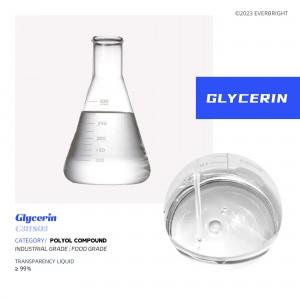
Glycerol
A colorless, odorless, sweet, viscous liquid that is non-toxic. The glycerol backbone is found in lipids called triglycerides. Because of its antibacterial and antiviral properties, it is widely used in FDA-approved wound and burn treatment. Conversely, it is also used as a bacterial medium. It can be used as an effective marker to measure liver disease. It is also widely used as a sweetener in the food industry and as a humectant in pharmaceutical formulations. Due to its three hydroxyl groups, glycerol is miscible with water and hygroscopic.
-
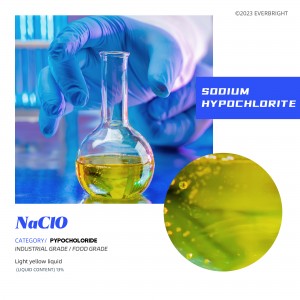
Sodium Hypochlorite
Sodium hypochlorite is produced by the reaction of chlorine gas with sodium hydroxide. It has a variety of functions such as sterilization (its main mode of action is to form hypochlorous acid through hydrolysis, and then further decompose into new ecological oxygen, denaturating bacterial and viral proteins, thus playing a broad spectrum of sterilization), disinfection, bleaching and so on, and plays an important role in medical, food processing, water treatment and other fields.
-
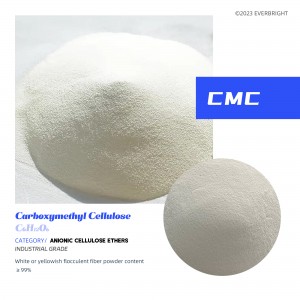
Carboxymethyl Cellulose(CMC)
At present, the modification technology of cellulose mainly focuses on etherification and esterification. Carboxymethylation is a kind of etherification technology. Carboxymethyl cellulose (CMC) is obtained by carboxymethylation of cellulose, and its aqueous solution has the functions of thickening, film formation, bonding, moisture retention, colloidal protection, emulsification and suspension, and is widely used in washing, petroleum, food, medicine, textile and paper and other industries. It is one of the most important cellulose ethers.
-

Sodium Silicate
Sodium silicate is a kind of inorganic silicate, commonly known as pyrophorine. Na2O·nSiO2 formed by dry casting is massive and transparent, while Na2O·nSiO2 formed by wet water quenching is granular, which can be used only when converted into liquid Na2O·nSiO2. Common Na2O·nSiO2 solid products are: ① bulk solid, ② powdered solid, ③ instant sodium silicate, ④ zero water sodium metasilicate, ⑤ sodium pentahydrate metasilicate, ⑥ sodium orthosilicate.







